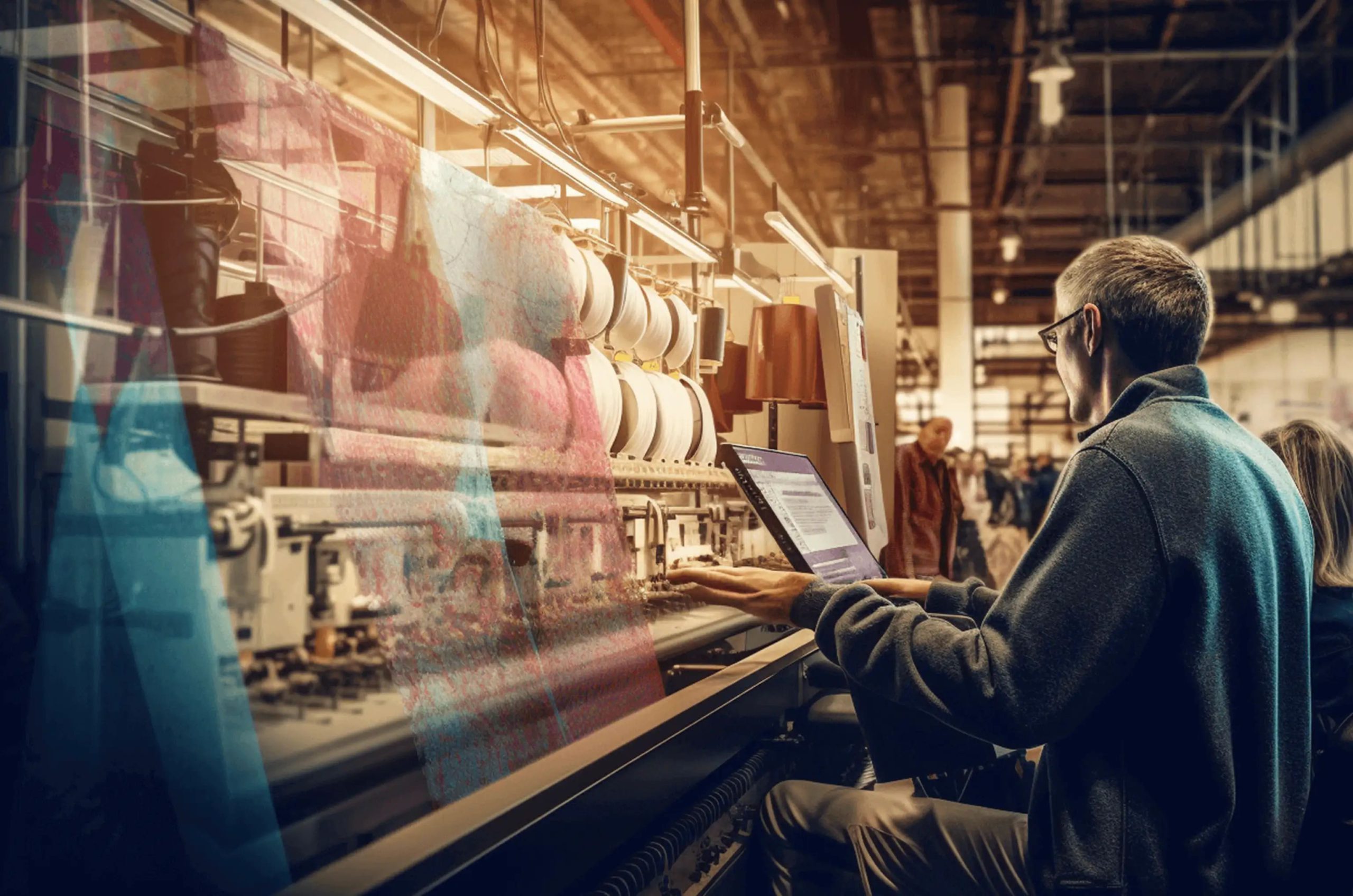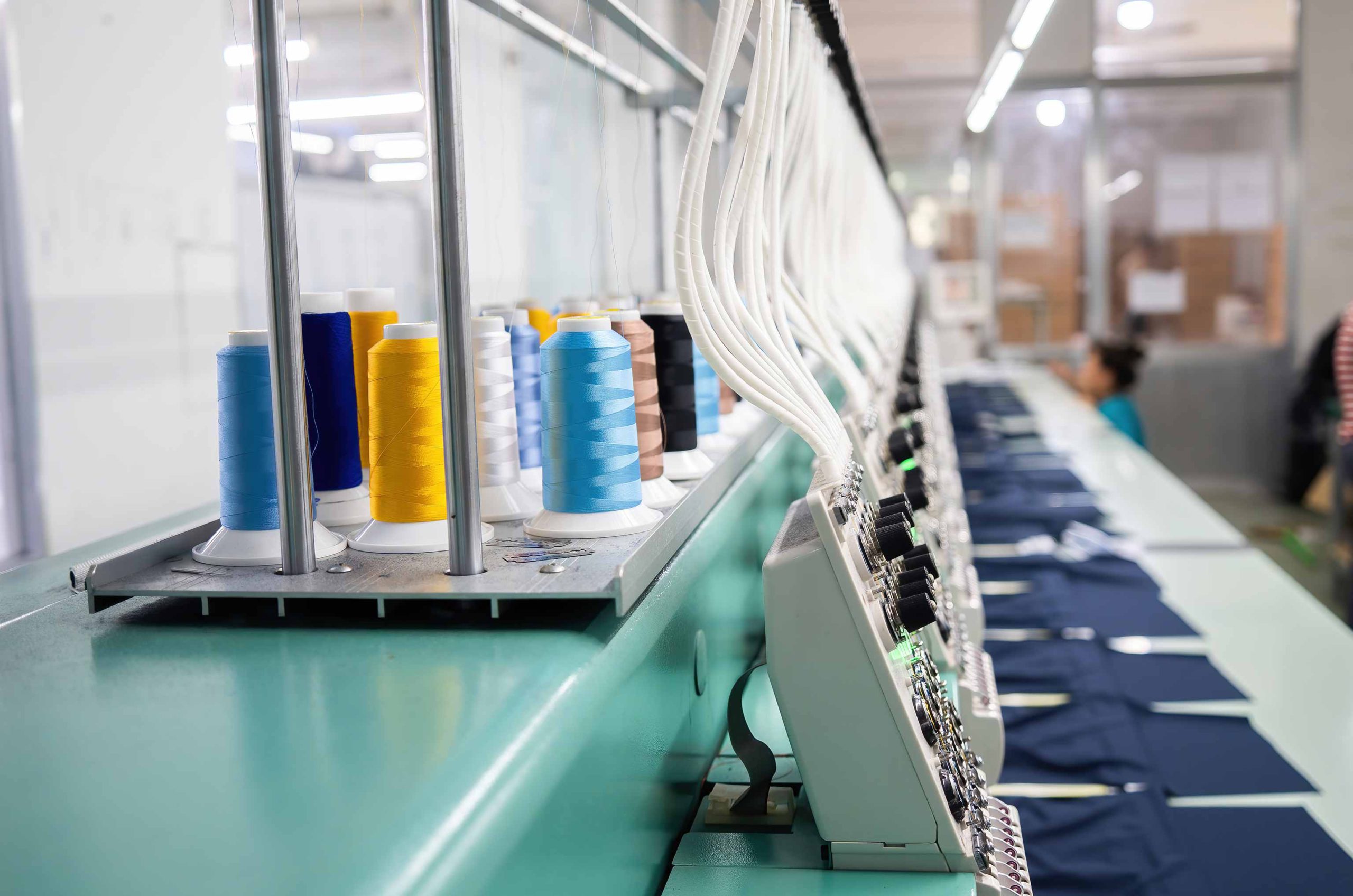How blockchain can make fashion supply chains more transparent
-
Introduction
You might associate blockchain technology with cryptocurrencies, but its applications extend far beyond the financial sector. Blockchain is one of the fastest-growing technologies, with implications for everything from accounting and telecommunications to cybersecurity, retail and beyond.
Some industries have taken advantage of this new technology, while others remain behind, simply because they don’t understand what it can do. Even the fashion industry is now catching up on how they can adopt blockchain technology to their benefit. The global blockchain market size is expected to hit $163 billion by 2027, and the ($3 trillion worth) fashion industry could play a significant role.
Let’s take a look at how the fashion industry is putting blockchain technology to good use.
-
What is Blockchain?
A blockchain is a decentralized, distributed, secure ledger that stores information in blocks. Each transaction is viewed and verified through a peer-peer network. Verified blocks are then connected to each other in a chain. All this information is encrypted and can’t be altered, deleted or modified.
-
How the fashion industry can take advantage of blockchain technology
1. Track and transfer ownership
Second-hand markets are a great way to find affordable, gently used products. However, it can be difficult to know exactly how the items you buy found their way into those markets. There’s always a chance that the items were stolen or are counterfeits. Even though reselling marketplaces such as The RealReal and ThredUp do what they can to mitigate these issues, verifying a product’s history is a difficult task.
Tracing the origin of a product to its source can be a difficult and time-consuming process. By putting the product life cycle on a blockchain, this task becomes faster and easier. Each time a product changes hands, an entry is made to record this change, creating a digital ledger of a product’s life cycle. Buyers can then be sure of the legitimacy of the product and avoid any potential liability since they know these entries haven’t been faked, deleted or altered.
Blockchain technology allows digital fashion designers and brands like The Fabricant, DressX, and Auroboros to protect their intellectual property. Digital clothes can range from $20 to $2,000, so it’s important to make sure what you buy is unique and can’t be replicated. That’s why these digital clothes are converted into non-fungible tokens and fitted to the buyer’s specifications using blockchain technology.
2. Anti-counterfeiting measures
Did you know that Louis Vuitton is the most counterfeited brand in the world? Counterfeiting is big business. Counterfeiters account for 3.3% of global trade, which means luxury brands lose $100 billion annually, as per the findings of The Global Counterfeiting Report. This can mean dire consequences for brands, like Hermès, Chanel or Dior, who heavily depend on prestige, reputation and limited access to their product to maintain market value.
But blockchain technology can solve this problem. LVMH and Kering, two of the biggest luxury fashion conglomerates, are using the technology to track merchandise and prove their authenticity by creating digital identities (also called product passports) for their products. The idea is to use non-fungible tokens (NFTs), QR codes, serial numbers, or other methods to create digital identities for the products.
Luxury watchmaker Jacob & Co. is now providing non-fungible tokens (NFTs) as a form of authentication certificate for their products. These NFTs contain information about the watch that can be used to verify the item’s authenticity and quality. This is just one example of how consumers can use such certificates to verify if a product is genuine or not.
3. Supply chain transparency and traceability
Consumer demand for socially responsible products has grown, according to a McKinsey report. Eight out of ten consumers want brands to be eco-friendly, and 66% of consumers consider sustainability when they buy clothes. Sustainability has become an important selling point for brands. For example, Chloé’s B corp certification and Hermès’ mushroom leather travel bags, and Nike’s circular design guide, are all evidence of the $30 trillion global sustainable and environmentally responsible investments since 2014.
However, achieving true sustainability is impossible without supply chain transparency and traceability. And blockchain technology provides the last piece of the puzzle.
Using blockchain technology, brands will be able to create a digital record of every transaction, invoice and communication in their apparel supply chain. This will help them track the origin of clothes down to the farm level as well as its entire manufacturing process. By providing an open-source ledger that rewards anyone who helps validate it, blockchain ensures everyone is accountable for their sourcing and manufacturing practices.
The blockchain is a digital ledger that tracks and verifies transactions. Since the ledger can’t be manipulated, it adds a level of trust to the process. And hopefully, this will help bring back some of the consumer confidence that the fashion industry has lost.
4. Prevention of unethical labor practices
One of the biggest problems with the fast fashion industry is its treatment of workers. The industry is said to be responsible for many unethical labor practices, ranging from child labor and unfair wages to dangerous working conditions. One reason these practices go unnoticed by brands is due to the complexity and lack of transparency of their supply chains.
Depending on their size, brands can work with 10 to 10,000 different suppliers, who have their own suppliers, who also have their own suppliers, and on and on it goes. You can see how fashion businesses in this complex supply chain can have a tough time enforcing ethical and sustainable regulations on other vendors. Especially if they’re halfway across the world, as is often the case.
Blockchain technology allows brands to easily verify the information that suppliers or manufacturers share with them. Instead of receiving fragmented data, you can make this system even more robust by consolidating it on a single decentralized system to make sure records are tamper-proof. A CEO, sitting in the US, can open the blockchain ledger and see exactly if workers in the factory are getting paid fair wages, and how many hours they are working.
Another interesting example is how Levi Strauss & Co is using blockchain technology to create anonymous employee wellness surveys, which will allow the company to audit factory health and safety. This enables workers to freely voice concerns without fear of retaliation.
-
Conclusion
As of right now, fashion brands are investing 1.8% of their revenue into fashion technology—a figure that is expected to double by 2030, as per a BoF & McKinsey report. Blockchain technology is not the only tech investment opportunity in the fashion industry. Many fashion companies are also investing heavily in technologies such as VR/AR, end-to-end supply chain integration platforms like WFX, AI-driven marketing, virtual showroom, and more.
It’s clear that the fashion industry is going through a digital transformation to become more efficient, sustainable and hyper-personalized. If you want your business to succeed in such a competitive industry, you can’t afford to wait.
Get started on your path to digital transformation with WFX!









